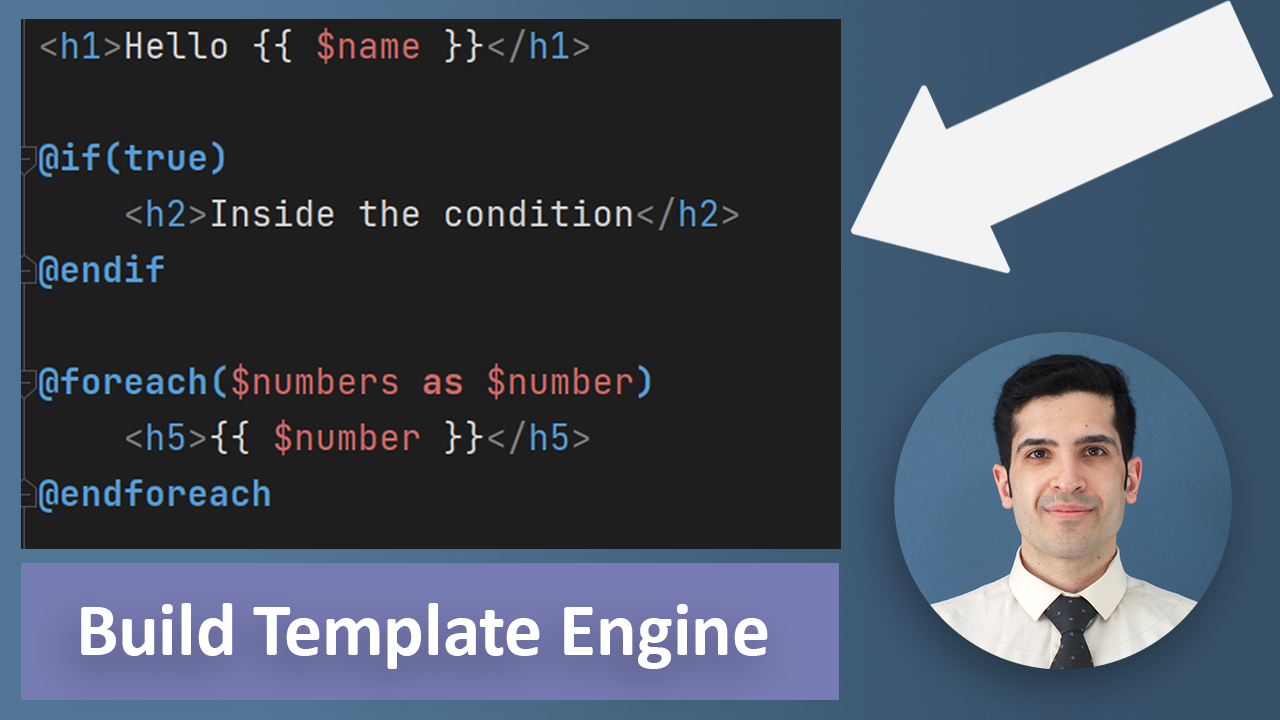A Beginner's Guide to Different Types of Software Testing
Last Updated on Apr 07, 2024
Introduction
Software testing is a crucial aspect of programming and software development. By testing, developers can ensure that their software performs as expected and that it's free from issues that might lead to poor user experiences or security vulnerabilities. In this blog post, we'll take a look at some of the most common types of software testing, and how each one plays a vital role in creating high-quality, reliable software.
Unit Testing
Unit testing focuses on individual units of code, such as functions and methods. This type of testing is used to make sure that changes to the code don't break any existing functionality. By isolating each piece of code and testing it separately, developers can more easily identify and fix issues before they become bigger problems.
Integration Testing
Integration testing is all about making sure that the different components of a system work together as they should. This typically involves testing the interaction between various modules, APIs, and services within the software. By verifying that these components function correctly when combined, developers can ensure that their software performs well as a whole.
Functional Testing
Functional testing looks at the entire system to see if it meets its functional requirements. This type of testing often involves testing user interfaces, workflows, and use cases to ensure that the software works as intended from a user's perspective. By focusing on the end-to-end functionality of the software, developers can create a product that not only works well but is also user-friendly.
Performance Testing
Performance testing involves evaluating factors like response time and resource utilization. This type of testing helps developers identify any performance-related issues that could affect the user experience, such as slow-loading pages or high resource consumption. By addressing these issues early in the development process, developers can create software that performs well under various conditions.
Security Testing
Security testing is essential for identifying and addressing vulnerabilities within an application. This type of testing helps developers ensure that their software is secure and can protect users from potential threats, such as data breaches or unauthorized access. By incorporating security testing into the development process, developers can create software that is not only functional but also safe for users.
Conclusion
Software testing is a vital part of programming and software development. By incorporating various types of testing, such as unit, integration, functional, performance, and security testing, developers can create software that is reliable, efficient, and secure. As a result, users can enjoy a seamless experience and trust that their information is protected. Remember that each type of testing plays a unique role in the development process, and incorporating all of them is key to creating high-quality software.
Key Takeaways
- Unit testing checks individual components or functions of the software.
- Integration testing validates the interaction between different components.
- System testing ensures the entire application works as a whole.
- Functional testing verifies if the application meets specified requirements.
- Non-functional testing focuses on aspects like performance, security, and usability.
- Regression testing checks if recent changes impact existing functionality.
- Acceptance testing confirms that the software meets user expectations and requirements.






